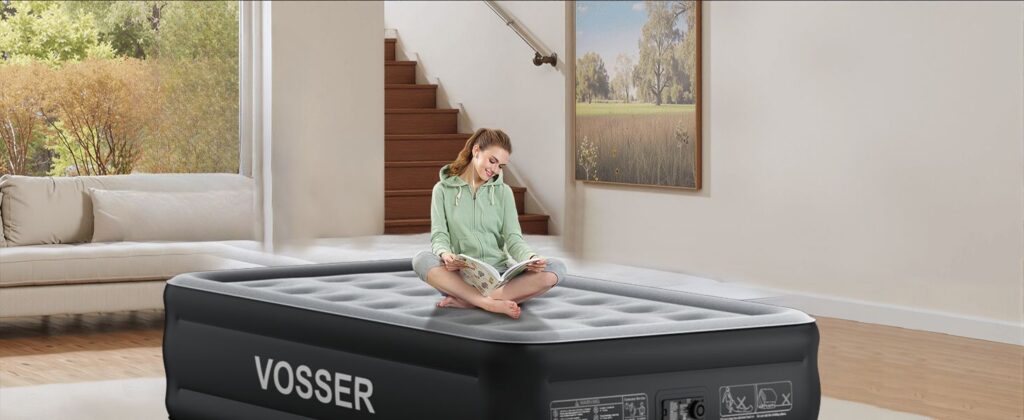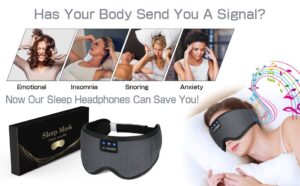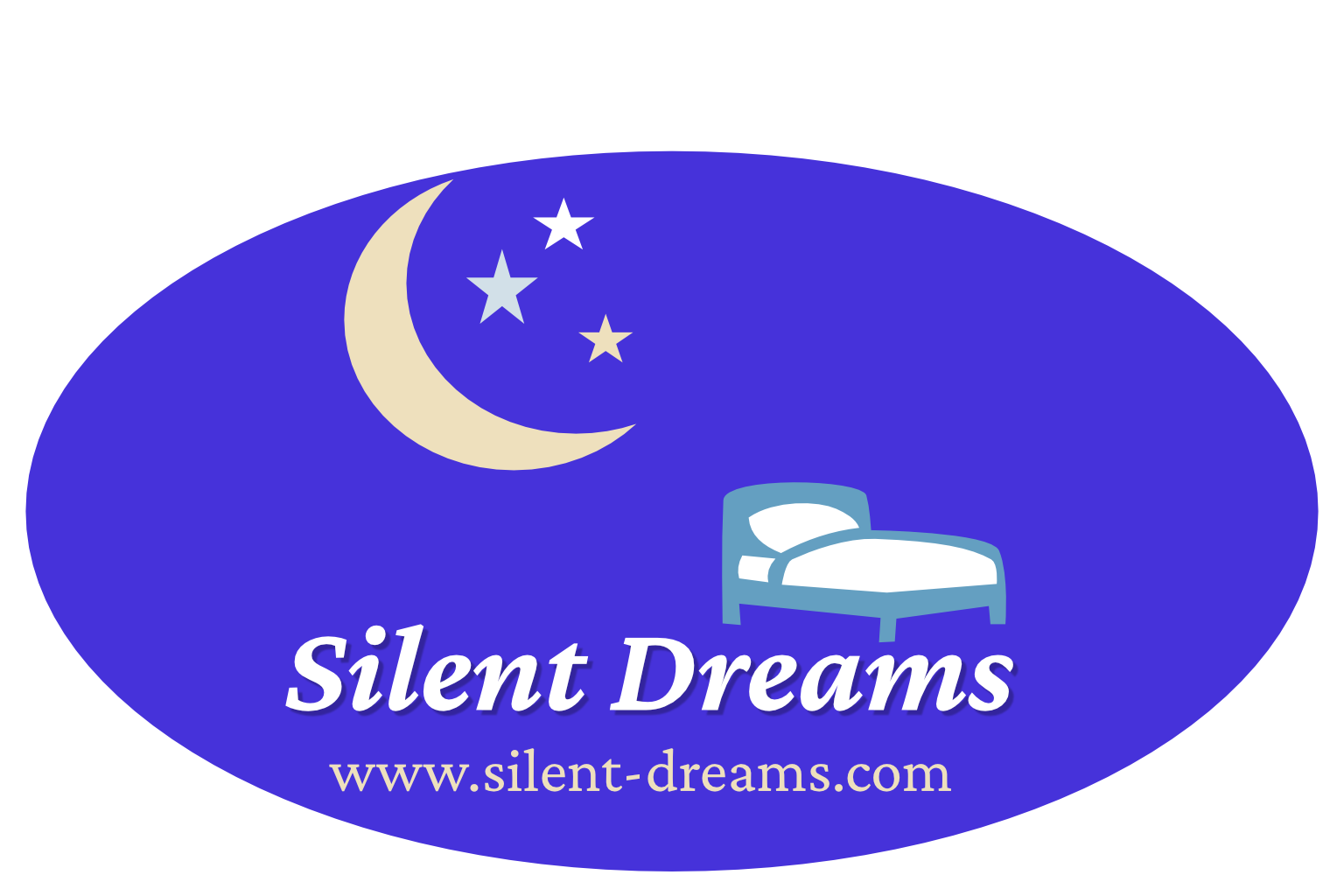Sleep Technology and The Environment.
Can technology work for you?


How can Sleep Technology Improve Rest?
Sleep has always been one of the most natural processes of life, yet in today’s world it feels increasingly hard to achieve the rest we need. Many of us find ourselves staring at the ceiling at midnight, tossing and turning, or waking up feeling just as tired as when we went to bed. Over the past few years, a new question has begun to emerge: What is sleep technology and how can it improve rest?
Sleep technology is not a magic cure, but it represents an exciting blend of science and comfort designed to help people understand and support healthier sleep. From wearable trackers to smart beds, the aim is not to complicate sleep but to make it easier, gentler, and more in tune with our natural rhythms.
What Is Sleep Technology?
Sleep technology refers to any device, tool, or innovation that helps monitor, support, or improve the quality of rest.
At its simplest, this could be a wearable device that tracks how long you slept. At its most advanced, it might involve a bed that adjusts firmness while you sleep or a smart light that simulates sunrise to wake you gently. While the concept may sound futuristic, the goal of sleep technology is deeply human: to make restful sleep more achievable in a world that often gets in the way.
The term covers a wide range of products and systems, including apps, smart mattresses, sound machines, light devices, and even temperature-regulating bedding. Each is designed to address a common barrier to sleep, whether it’s stress, noise, inconsistent schedules, or simply not knowing what your body needs most.

How Sleep Technology Works
The basic idea behind sleep technology is to blend data, environment, and comfort to create conditions where sleep can happen more naturally.
For example, wearable trackers monitor heart rate, breathing patterns, and movement during the night. This information helps you understand when you are reaching deep sleep stages and when disturbances occur. Other devices, such as white noise machines, work by masking disruptive sounds so the brain can stay in a calmer state.
Some technologies even anticipate your needs. Smart thermostats or bedding adjust temperature automatically, recognizing that a cooler room helps the body stay in deeper sleep. Light-based devices work in the opposite direction, gently easing you into the day by simulating dawn instead of jolting you awake with a loud alarm.
At its core, sleep technology does not create rest; instead, it clears away the obstacles that often prevent it.
What Is Sleep Technology and How Can It Improve Rest?
Sleep technology can improve rest by helping people track patterns, reduce environmental disruptions, and create routines that support healthier sleep.
Imagine struggling with light pollution from a streetlamp outside your window. A simple sleep mask could be considered the most basic form of sleep technology, helping you block out light and fall asleep faster. On the other end of the spectrum, advanced smart beds analyze your sleep cycle and adjust support throughout the night, reducing pressure points that can cause tossing and turning.
By combining comfort with awareness, these tools empower people to understand their own bodies better. For many, just seeing data about their sleep is enough to encourage healthier habits, like going to bed earlier or limiting late-night screen time.

Benefits of Sleep Technology
The benefits of sleep technology extend beyond simply falling asleep faster. They touch every part of how we rest and recover.
One of the most important advantages is awareness. Many people underestimate how little sleep they actually get or how often they wake up at night. Wearable devices and apps provide a clearer picture, giving people the knowledge they need to make changes.
Technology can also reduce stress around bedtime. Knowing that your environment is optimized—whether it’s the right temperature, soothing sounds, or calming light—can make it easier to relax. For people with irregular schedules, such as shift workers, technology offers tools to help the body adjust and signal when it’s time to wind down.
Beyond comfort, there is also the potential for better long-term health. Poor sleep is linked to issues like high blood pressure, weakened immunity, and difficulty concentrating. By encouraging deeper, more consistent rest, sleep technology can indirectly support overall well-being.
Safety Considerations
As helpful as sleep technology can be, it’s important to approach it with mindfulness and balance.
Over-reliance on devices may create new worries, such as feeling anxious if you don’t “score well” on a sleep tracker. It’s important to remember that the numbers are guides, not judgments. Sleep should feel restorative, not like a performance to measure.
There are also physical safety considerations. Wearables that fit too tightly may cause skin irritation, while weighted sleep aids like masks or blankets may not be suitable for everyone, especially people with certain health conditions. Consulting a doctor before using advanced sleep technology is a wise step if you have existing medical concerns.
Another concern is digital dependence. Ironically, adding more gadgets to the bedroom can sometimes make the space feel less restful. Choosing only the tools that genuinely help, and avoiding unnecessary screens or distractions, ensures that sleep remains the priority.

Everyday Examples of Sleep Technology
Sleep technology is more accessible than many people realize and can be as simple or as advanced as needed.
A common starting point is the use of white noise machines or apps that play calming sounds. These devices mask outside noise and help people fall asleep more quickly. Smart lights that shift color temperature throughout the evening can also guide the body into a natural rhythm, preparing the brain for rest.
For those struggling with temperature regulation, cooling mattresses or breathable fabrics embedded with special fibers offer relief. Meanwhile, advanced options like beds that sense movement and adjust firmness automatically are becoming more popular.
Each of these represents a different level of technology, but they all share the same goal: to remove barriers that keep you from deep, restorative sleep.
The Future of Sleep Technology
Looking ahead, the future of sleep technology is likely to be more personalized and more connected with overall health.
Emerging tools are focusing on tailoring rest to individual needs. Imagine a device that detects stress levels throughout the day and offers calming exercises before bedtime, or a mattress that communicates directly with a wearable device to adjust comfort based on real-time data.
Integration with broader health systems is also on the horizon. Because sleep impacts everything from mood to heart health, future technology may serve as an early-warning system for medical issues. The goal is not just to improve rest but to make sleep part of a holistic approach to well-being.
Final Thoughts: What Is Sleep Technology and How Can It Improve Rest?
So, what is sleep technology and how can it improve rest?
At its heart, it is the thoughtful use of tools and innovations that help us reconnect with the most natural process of all—sleep. By addressing obstacles like light, noise, stress, and temperature, these devices give the body a clearer path to restorative rest.
They are not a substitute for healthy habits, nor should they be viewed as the sole solution. However, when used with care, sleep technology can be a gentle and supportive companion on the journey toward better nights and brighter days.
Products for further thought.

Sleep Headphones

Sleep Headphones

